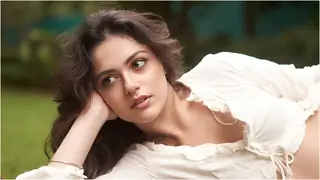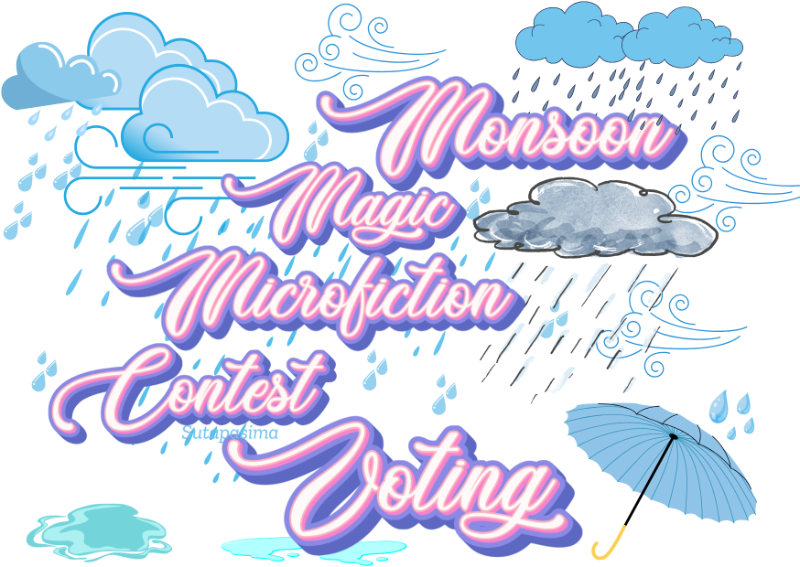The Evolution of Hindi Film Song
by A Kala
Party I : Clone Age
Initial songs were bereft any substantive orchestra. They were bland, nasal and predictive, clearly having influence of nautanki folk music. First break through came when K.L. Saigal enthralled the multitude with his soulful singing. His popularity burgeoned an army of clones prominent among then C.H.Atma and Pankaj Mallick. The songs had filler orchestra consisting of harmonium, tabla, tanpura and sarangi sometimes violin. The melody nearly always wailful and melancholy. Then came along Noorjehan, who also spawned her own clones including legendary Lata, at least in her initial stages. The music style however remained unimaginative and lacking innovation. Occasional innovation came from men like Naushad(Anmol Ghari) and Khemchand Prakash(Mahal). The only redeeming feature of the clone age, beginning from the advent of 'Talkie'. Till late fifties, near complete sway of K.L.Saigal and Noorjehan, yet old timers will vouchsafe this period as the golden age of Hindi music. This entire age actually belonged to the singer with very little contribution coming from either the poet or the composer. The signs of new age began to appear with songs like "Ayega ayega, ayega aanevala ayega" the original haunting melody from Mahal. You will notice in this song Lata largely cloning Noorjehan but at places trying to break free from the traditional straitjacket. When end came it came swiftly and abruptly. The man or rather men responsible for the collapse of Clone Age were Shankar Jaikishan, but that is another story.
Part II : Golden Age
Golden age was ushered in by Shankar-Jaikishan with their 150 men orchestra and changed the structure of Hindi songs irrevocably . In just a few years these musicians became so adept in music arrangement that vocals and orchestra melded seamlessly to produce one integral song. Today if you listen to any of the songs of this period all you have to hear is a few opening notes to identify it and not wait for the vocals to get it right. There are multiple reasons for the abrupt coming of age of Hindi Film music. Primary reason was simultaneous priming of several musicians and poets. What the Clone Age lacked was a colorful orchestra and inspired poetry which incidentally was the high point of Golden Age. Many of the heroes of Golden Age were actually apprentices of some of the well-known figures of earlier era. For instance Roshanlal(Roshan) and C.Ramchandar assisted Anil Biswas and went to become composers in their own right. While Lata and Md.Rafi held sway on singing firmament there were many niche singers too who excelled and even surpassed these two masters. Prominent among the fringe singers were Kishore Kumar, Mahendra Kapoor, Manna De, Mukesh and Talat Mehmood in the male playback while in the female category Kamal Barot, Shamshad Begum, Geeta Dutt, Suman Kalyanpur and Mubarak Begum. Actually if you consider a complete singer as one who could emote full range of emotions then even Asha would be regarded as niche singer only that the powerful Mangeshkar tag allowed her to grow at the cost of many lesser but more gifted singers. Among some of the composers who made their name were Ravi, Roshan, Madan Mohan, Shankar-Jaikishan, Naushad, Salil Chaudhury, Hemant Kumar, Sajjad Hussain, S.D.Burman, Sardar Mallick, Ghulam Mohammed, O.P.Nayar and Chitragupt. I may be missing out on some big names here. Among the poets who were in their prime were Shakeel Badayuni, Sahir, Hasrat Jaipuri, Raja Mehdi Ali Khan, Naqsh Layalpuri, Indivar, Mujrooh Sultanpuri, Gulshan Bawra, Prem Dhawan, Rajendra Kishan, Shailendra and of course Kaifi Azmi. The quality of music these men produced was unprecedented and that was not what made this age as the Golden Age but the consistently high percentage of classics each of these composers produced. It was kind of contagious for them to churn out movies having every single number a runaway success. The talent was so ubiquitous and infectious that even non-mainstream composers, the so called Dara Singh-Ajit genre composers, like G.S.Kohli and Iqbal Qureshi produced great music. As the men began to loose steam this era too began to wither around early seventies. First sulking and then ego clashes with Queen Mangheskar severely restricted variety and range, as niche singers disappeared completely. Just as Shankar -Jaikishan ushered in golden age, R.D. Burman, himself a maverick genius, caused death of the golden age.
























